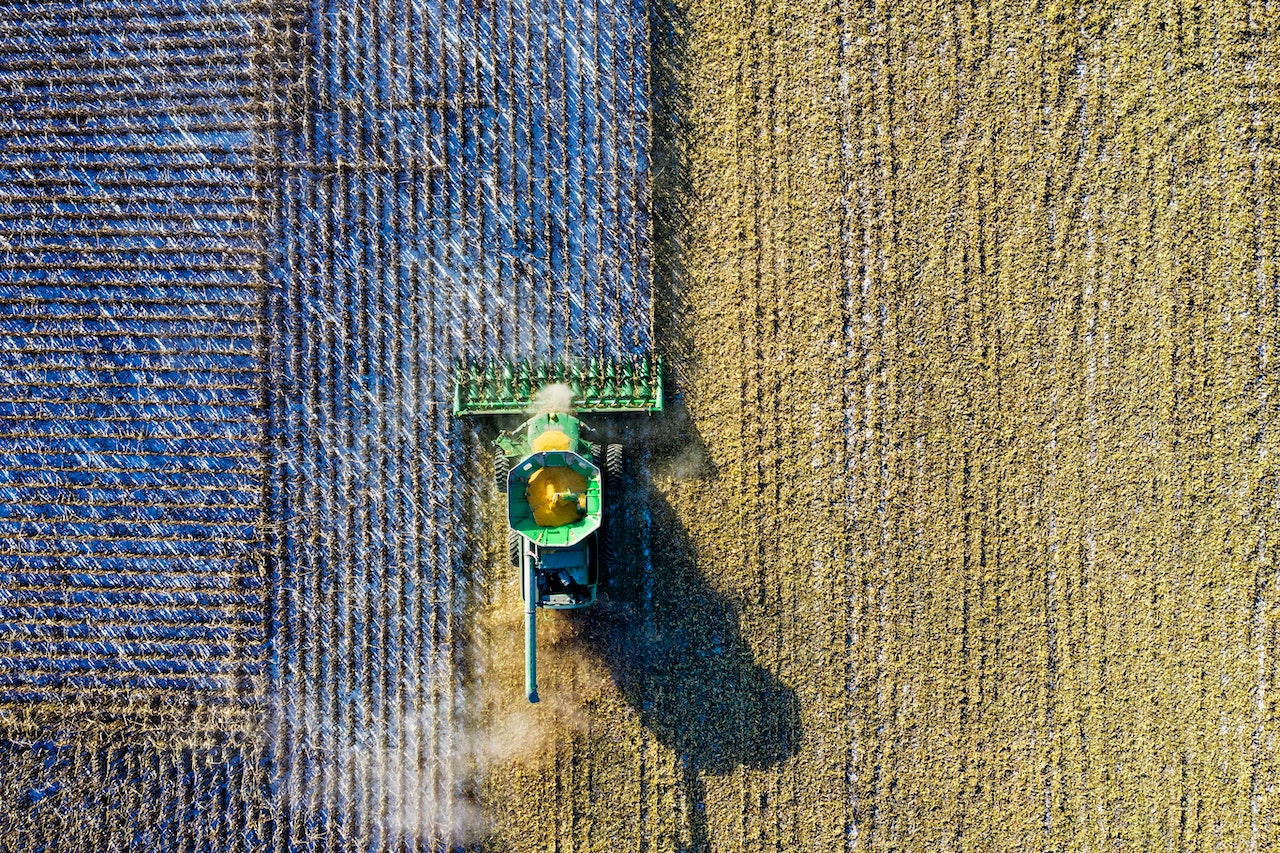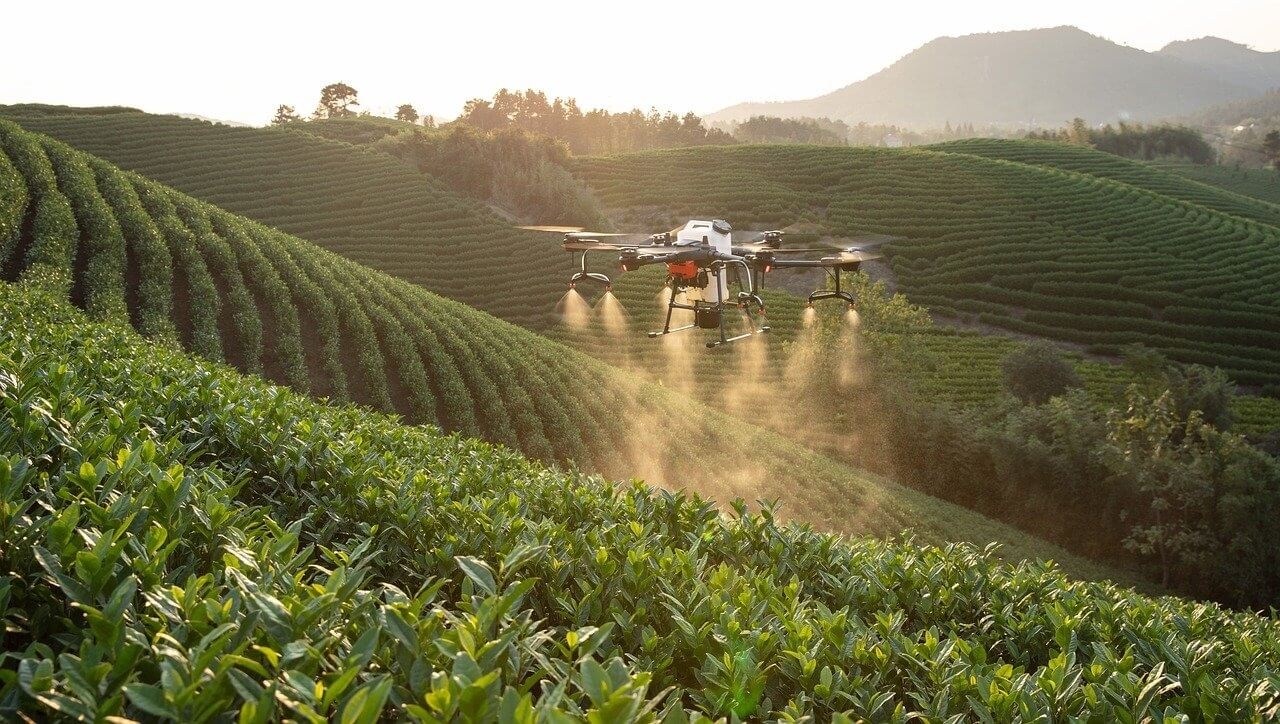Comments
- No comments found

The science of agriculture is ancient, dating back to when the first farmers began planting crops.
While some aspects of farming have changed so much they’d be unrecognisable to our ancestors, others have remained largely the same since their inception. From the ancient practice of using waste as fertiliser to modern genetic engineering, here’s how agriculture has shaped our species.
Agriculture involves domesticating both plants and animals for human use. Our earliest ancestors were hunter-gatherers, depending on foods they could either hunt or gather in the wild. Domestication allowed people to stay in one place and enjoy a reliable food supply year-round. Without agriculture, society may never have advanced beyond living as nomadic tribes.
Crop production evolved independently in several regions of the world. However, historians believe the first instance of agriculture took place along the Tigris and Euphrates Rivers in modern-day Iraq, Syria, Lebanon, Palestine, Jordan and Israel. This region, dubbed the Fertile Crescent, is the birthplace of farming figs, cereals, legumes, peas, lentils and chickpeas. The Mesopotamians living in the Fertile Crescent also domesticated many animals.
Throughout the next several thousand years, the science of agriculture developed independently in Africa and Asia as well as North, Central and South America. Humans domesticated native fruit trees, nuts, grains and vegetables. Eventually, world trade began and people started eating crops they couldn’t find at home.

Technology has taken us a long way, even in just the last hundred years. Here are some agricultural innovations that allow farmers to grow bigger, healthier, more pest-resistant crops on a fraction of the land they once needed:
As widespread in developed countries as they are controversial, genetically modified organisms (GMOs) harness the power of biotechnology to beat nature at its own game. Scientists can modify a plant’s genes so it grows faster or larger than its domestic counterparts. They can even insert genes from one organism into another, creating a transgenic crop.
For example, biologists can transfer an insecticidal toxin gene from a bacterium into a plant so the plant is resistant to pests. Or, they may take a gene from an Arctic plant and insert it into a domestic crop so it can grow in colder climates.
Farmers spray synthetic pesticides on their fields to deter insects, rodents and birds. Some of these pesticides even contain chemicals that protect plants from sunburn. Whereas locusts might have decimated an entire harvest in the past, modern chemicals ensure that most if not all crops make it to harvest intact.
Since synthetic pesticides are such a recent invention and there are several different types, many people are concerned about their effects on human health and the environment. Certain pesticides, such as DDT, are devastating to wildlife and cause health problems in people. Scientists are constantly testing chemicals and updating their guidelines for use. Regardless of their toxicity, pesticides have undoubtedly played a major role in large-scale food production.
Traditional agriculture uses manure, animal carcasses or other waste to fertilise crops. Modern fertilisers are synthetic and use phosphorus, nitrogen, potassium and other essential nutrients in their purest form to bolster plant growth.
Like pesticides, chemical fertilisers have allowed farmers to grow huge quantities of food, but also affect the environment. Runoff from crop fields often pollutes waterways with fertiliser, leading to massive algal blooms that disrupt aquatic ecosystems. Farmers must strike a balance between using synthetic fertilisers and protecting nature.
This scientific breakthrough allows farmers to grow plants directly in a nutrient-rich water solution. No soil is involved. Instead, plants float in water tanks or grow along irrigation lines that constantly pipe water into their roots. The water contains fertiliser to feed the crops.
The benefits of hydroponics include planting crops vertically, reusing the same water over and over, growing plants in a small area and farming in urban landscapes. Hydroponics produces huge yields with very little space required.
The science of agriculture has teamed up with software engineering to produce smart sensors. These internet-connected devices can measure rainfall, temperature, soil nutrient content and more. In greenhouses, drones equipped with sensors detect flying pests and kill them on sight. Greenhouse sensors can adjust humidity and light settings so conditions are perfect for the crops.
Vehicles outfitted with special blades, wheels and ploughs make short work of what would otherwise be backbreaking labour. These machines are common farm implements:
Tractor: A tractor is more than a powerful engine on wheels. When outfitted with various attachments specially designed for different jobs, it can do just about anything. Farmers can attach mowers, pallet forks, post-hole diggers, box blades, land planes and more to turn a tractor into a versatile machine.
Brush cutter: This heavy vehicle uses a toothed rotary drum to turn vegetation into mulch while barely disturbing the soil. Also called a forestry mulcher, it’s an essential tool for clearing large areas of land for site preparation. Farmers can also use it to remove underbrush and invasive shrubs to restore a native habitat, or clear logs and fallen limbs to prevent fires.
Combine harvester: A mainstay of modern farming, a combine harvester can reap, thresh, gather and winnow crops all at once. It works best on fields planted with one type of crop, a practice known as monocropping or monoculture.
Excavator: This hydraulic machine features a giant metal arm perfectly suited for digging holes, foundations and trenches. Farmers use excavators to prepare land for planting, to help build fences and to clear brush before building a road. It’s also useful for digging stock tanks and fish ponds.
Unfortunately, agriculture causes 26% of greenhouse gas emissions, many of which come from soil tilling. The diesel- or gas-powered machines themselves release fossil fuels, while the soil releases carbon into the air. Electric farm equipment will advance the science of agriculture by allowing farmers to still be productive, but not destructive. New machines that plant seeds by punching holes in the soil — rather than tilling a field — will also reduce farming’s impact on the environment.

Modern crop production has allowed farmers to feed billions of people, and with the population growing exponentially, it will continue to play a vital role in sustaining our species. However, modern farmers should also look to traditional agricultural practices that emphasise biodiversity, land management and human health to develop more sustainable crop production methods. The science of agriculture has carried us a long way, but sometimes it’s important to go back to our roots.
Emily Newton is the Editor-in-Chief of Revolutionized. She is a science and technology journalist with over three years covering industry trends and research.
Leave your comments
Post comment as a guest